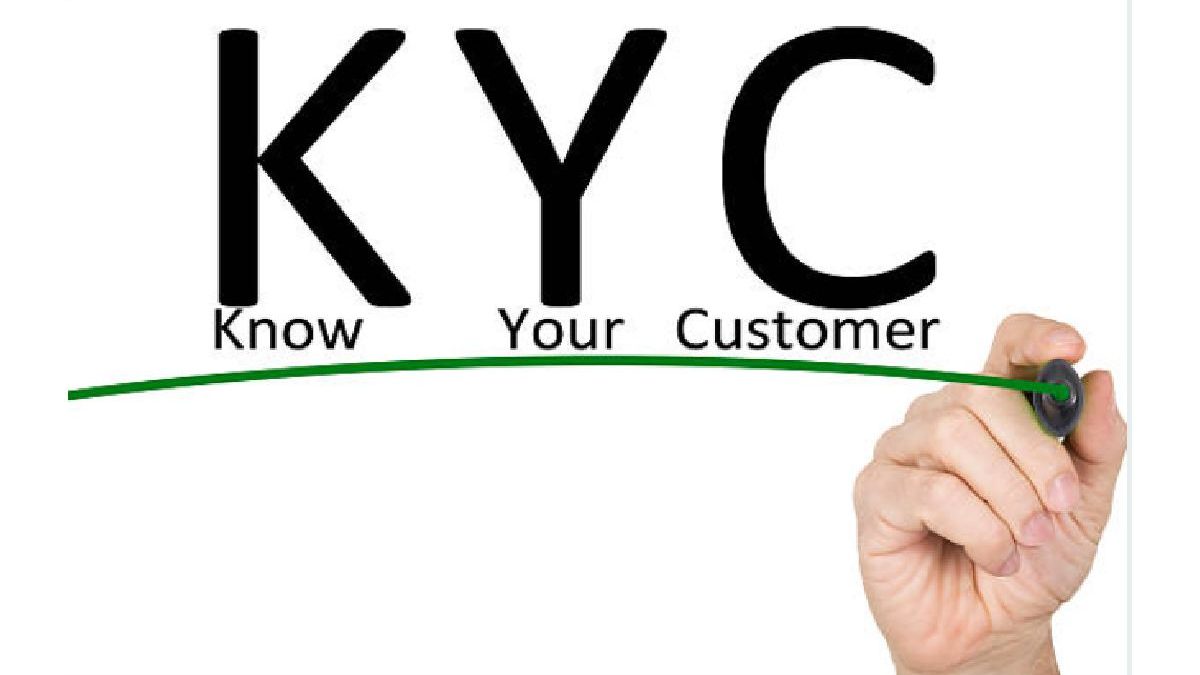One of the first steps in ensuring that criminals are not able to use your financial organization as a channel for carrying out illegal activities is by having an excellent customer screening process. However, being able to distinguish customers from entities that simply want to use your establishment as a tool for carrying out their criminal activities is a complicated task, especially in the digital age.
Just like the technologies that banks use, the methods used by financial criminals have also become more advanced with the advent of the digital age. As such, it’s of utmost importance for modern financial institutions to employ a Know Your Customer (KYC) solution. Ideally, it should use current technology and can keep up with the changing strategies that financial criminals use to infiltrate establishments.
If you’re in the market for a KYC solution that will suit the needs of your company while still adhering to the standards set by regulatory bodies, read on. Here are some crucial components to look for when choosing the ideal program:
Table of Contents
The Ability to Connect to Data Sources
Before you can properly screen customers who are applying for your bank’s financial products and services, you need to collect data on these individuals. Though the prospective client will be required to submit a few documents proving that they are who they claim to be, this simply isn’t enough. Your bank must also acquire information about the client from independent sources and verify the details that were stated in the application. Your KYC solution, then, must be capable of collecting data from various sources and dealing with different data formats so that the information can take on a standard form.
Data Preparation
Preparing data properly is key to ensuring that your establishment can confirm the veracity of the data you’ve collected and the documents submitted by the client. At the same time, as the matching process will be done with the aid of automation, data preparation is essential to reducing false positives in the results. This, in turn, will significantly improve the accuracy of the customers’ risk levels and bring down the number of false-positive results that the compliance team needs to review.
Matching and Screening
Matching is done to ensure that your bank’s prospective clients are who they say they are and that they are not on the blacklists maintained by different regulatory bodies, government agencies, and other financial institutions. To do this, the name and other pertinent details of the clients are matched against existing lists. Aside from exact matching, modern KYC solutions use data optimization techniques and fuzzy matching to leave no stone unturned. Top programs even use secondary identifiers in the screening process to differentiate individuals and organizations that have common names and establish the identity of each distinct client.
Correlation
This component enables banks to use logic and group similar cases together. It’s an important aspect of the KYC process, as it gives financial institutions the capability to group suspicious cases according to the elements they share. Such a feature also enables banks to determine the necessary processes for effectively screening and managing similar incidences. Meanwhile, cases that don’t display red flags can go through the standard vetting process. This ensures that special measures and deeper investigations are only undertaken for customers and events that need them.
Case Management
Banks can deal with multiple events when screening customers. These events pop up every time the customer that is being screened matches a record on a watchlist or blacklist maintained by a regulatory body or financial institution. From here, each event will be analyzed. If the client exceeds a predetermined level of risk, they will be assigned to reviewers who can apply context to the events. This, in turn, will help determine whether the client poses a real risk for your bank.
Configuration Reporting
Modern screening processes are aided by automation and smart applications. These tools share rules that are used to match datasets within the entire organization. Managing, auditing, and sharing these rules can be a tedious task, which is why modern KYC solutions have an assortment of configuration management features. Such features enable users to quickly and efficiently create new rules or edit existing ones. Users can then save these rules in a format that is easily understandable by the components of the KYC system. The software should also help users diagnose problems that may arise during the implementation of the said rules.
Management Reporting
Last but not least, modern KYC systems are equipped with management reporting tools. These tools enable other staff members outside of the compliance team to use the data they’ve collected for business intelligence and analytics reporting. This, in turn, will help your financial institution generate reports more quickly and easily. At the same time, it will also allow your organization’s leadership to make more practical business decisions based on the data from your compliance team.
Given how financial crime is constantly evolving, it only makes sense to future-proof your screening process ASAP. Make sure that your financial establishment is prepared for tech-savvy malicious entities by choosing a KYC solution with the aforementioned components. If you’re able to separate legitimate customers from malicious entities before they can access your products and services, then financial criminals would think twice about targeting your organization.

